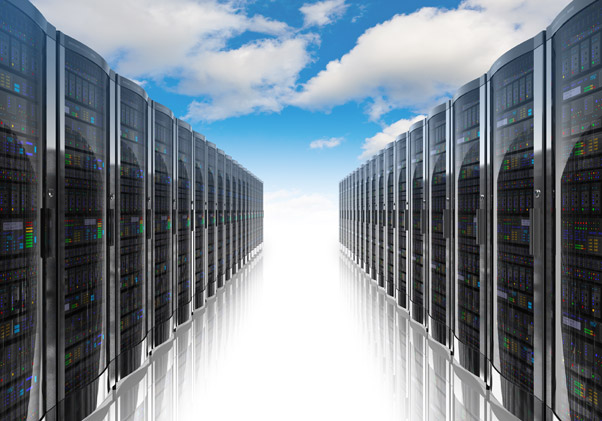Here are five common mainframe myths dispelled:
- Mainframe hardware and software are prohibitively expensive.
- Hardware—Whether you are counting dollars per MSU (MIPS), terabyte of storage, blade server, any other form of hardware, mainframes and their peripherals are less expensive than ever.
- Software—Software pricing on mainframes can best be described as flexible for most vendors. Most vendors offer purchase, lease, and rental terms. Usage-based pricing (also known as Measured Workload Pricing and Sub-Capacity Pricing) are excellent options for most customers. However, make sure that you examine the contract and reporting requirements very closely. Some vendors in the market will bill you for a minimum amount (regardless of your usage) that may be significantly more than what you are paying today.
Some companies have not figured how to pay their sales staff commissions on amounts that change monthly. Therefore, a sales person may take the path of least resistance and offer customers only traditional (fixed) terms. Make sure that your staff gets the terms that fit your business.
- You cannot find technicians with mainframe skills: most are either retired or will retire in the next five years.
I consistently receive résumés from talented mainframe professionals. CSI is also located in a city that serves as headquarters to a very large insurance company, utilities, retail, and fast food companies. All of these are large mainframe users and contribute to the local talent pool. - Colleges and universities do not offer courses that are relevant to the mainframe.
IBM is leading the charge to get more mainframe courses in colleges and universities. Marist College has made a strong commitment to providing mainframe education. Companies like Interskill Learning provide an extensive lineup of online courses across all of the mainframe operating systems. - Everything on the mainframe is proprietary (closed), which eliminates/minimizes contributions from the IT community.
All mainframe vendors accept requests for enhancements from their customers. My personal experience is that the best features and functions of products come from those closest to the solution─the end users. In addition, mainframes have been hosting Linux workloads since 1999. Linux is an open-source project and still relies heavily on the community for its content. - Customers that use mainframes are leaving the platform in record numbers.
The number of unique mainframe customers is directly related to the world economy. As companies grow and acquire other companies, three machines may become two, or they may become a single machine with more processing power than three machines being used previously. In this example, the number of customers and machines declines though the number of MSUs and users/customers being served increased.
http://enterprisesystemsmedia.com/article/linux-on-system-z-new-beginnings
